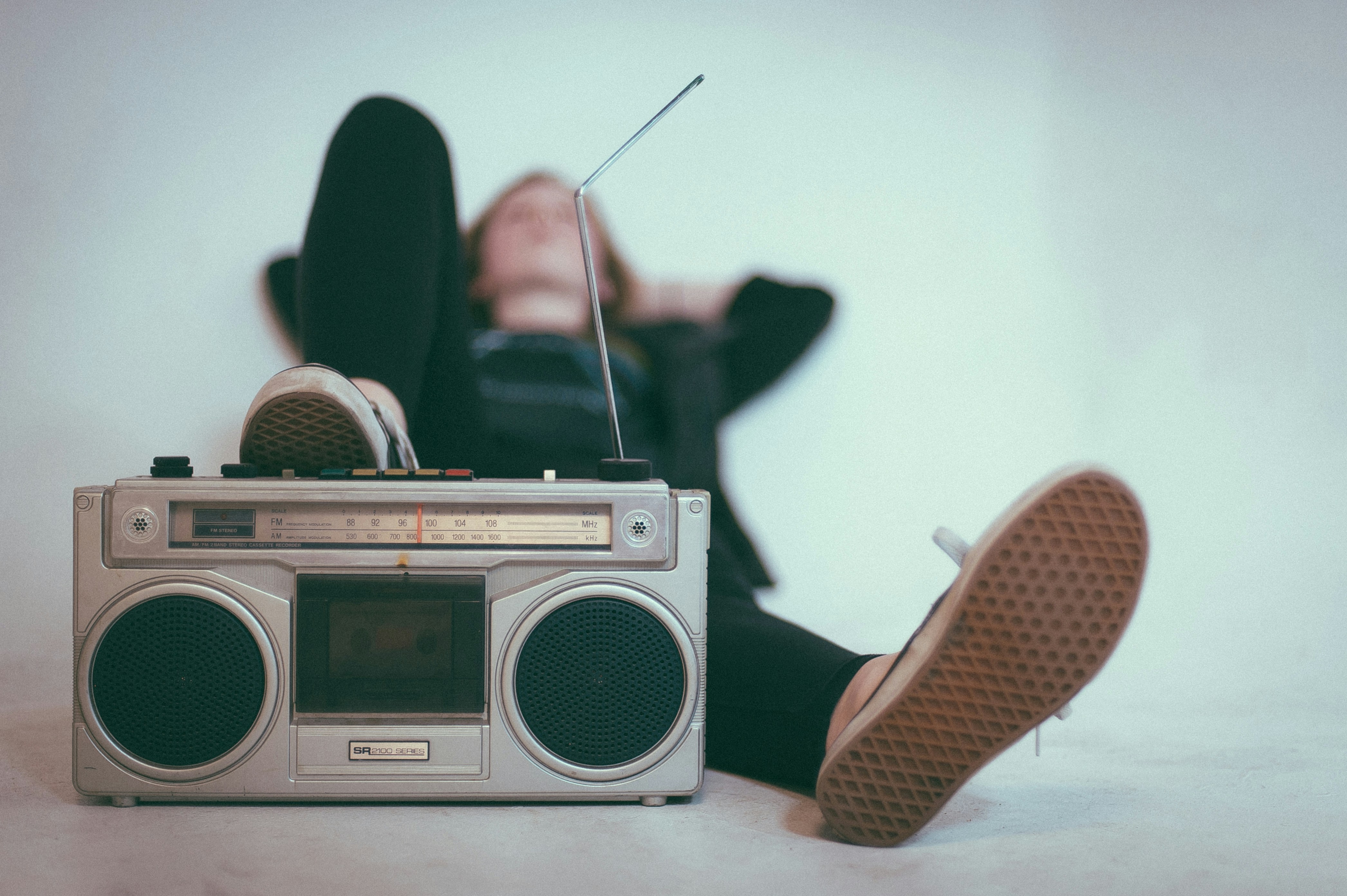Penetrating Echoes: How Ambient Music Shapes Our Soundscape
Ambient music—an understated voice in the auditory landscape—has permeated various spheres of popular culture, from film scores and television soundtracks to meditative apps and abstract art collaborations. Evocative compositions once relegated as mere background music are now art forms in their own right, exploring entirely new avenues of immersive experience.

Synthesizing Silence: The Birth of Ambient Music
Unorthodox and hugely concept-driven, ambient music originated from the unswerving purpose of composers like Erik Satie and later, Brian Eno. In this genre, conventional musical rules gave way to explorations of tone, timbre, and texture. Here, silence was not mere absence but rather a sound in itself—a reflection of life’s ebb and flow.
Transcending Soundtrack: Ambient Forms on Screen
Ambient music has stealthily insinuated itself onto screens and speakers globally. Netflix’s “Maniac,” employs themes in this genre, augmenting emotional atmospheres, supplying character insights, and narrative depth. Often, its nebulous presence, almost unnoticeably, yet unmistakably alters the viewer’s experience precisely due to its understatement.
Ambient Sways: Prioritizing Rhythm and Raw Sound Over Text
Marvelous happenings occur when well-structured music embraces the underworld of raw, formless noise. Ambient music is about breaking barriers between the structured and unstructured sound spheres, leaning towards beats that evoke the cosmos’ rhythm, rain hitting the windshield, or rolling waves—adding depth to mundane quotidian noises.
Fostering Mindfulness: Sound Meditation and Ambient Artistry
More than a music genre, ambient is impressing its mark even in other aspects like mindfulness practices, notably meditative apps. Take for example, the ambient-inspired track lengths studs apps like Calm and Headspace, showing how intertwining mindfulness and music allows richer experiences and calming effects.
The Overlooked Harmony: Ambient Music in Art Installations
At museums or art shows, ambient music capsulates the auditory element, adding layers to the visual impact. In exhibitions worldwide—multi-channel surround sound installations marrying visual-art aesthetics with sound arrangement have begun surfacing with evolving technology amplifying this synergistic relationship.
- Ambient music had its roots grounded way back, pioneered by Erik Satie—a early experimental music prodigy whose work aimed to aesthetically meld furniture pieces with sound hospitals in World War I.
- Brian Eno, largely seen as the father of ambient music, vouched for viewing this genre as a hint toward new forms of music that reconstruct the idea of listening itself.
- Notable instances of ambient music in cinema include milestones like Cliff Martinez’s slight yet suspenseful score for the gripping drama “Drive,” or the Icelandic band Sigur Rós’s numerous contributions to other significant soundtracks.
In conclusion, ambient music rightfully rebuts the notion of ‘music as entertainment,’ rather granting relevance to ‘music as experience.’ As the realm of unheard sounds still flows beneath our radars, and we gradually embrace pieces set adrift from conventional musical moorings—sound, as we know it, has never seemed more audible. The transformation which ambient music promise bastions, like few advancement in contemporary arts. As techno poet Kodwo Eshun once said about sound, “It’s possible that if you start to unlock it, everything else is unlocked.”




